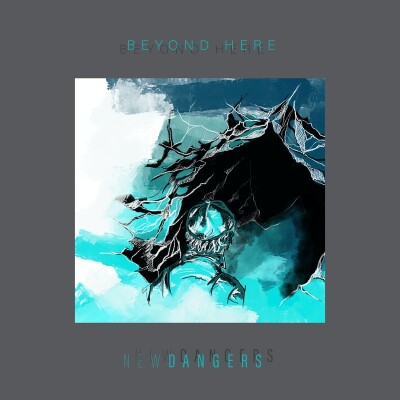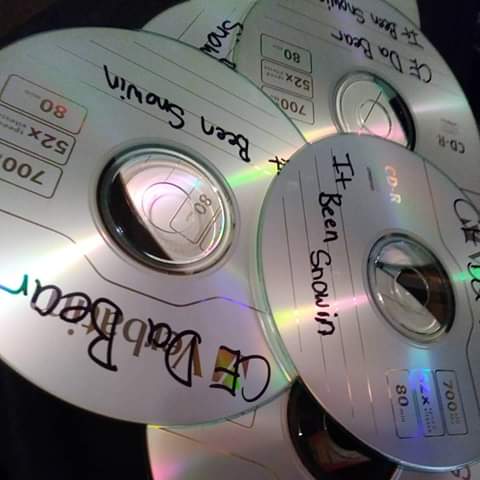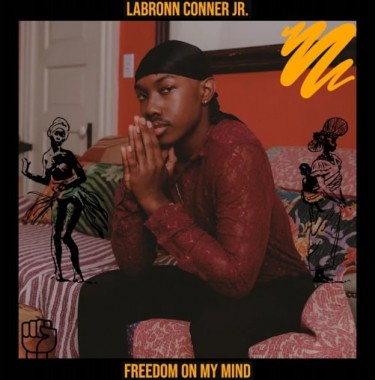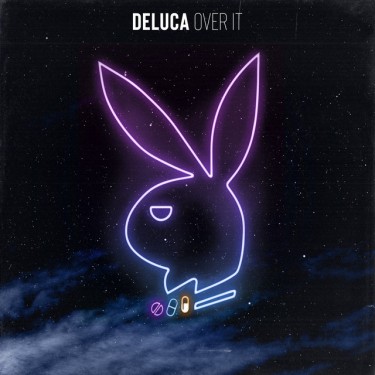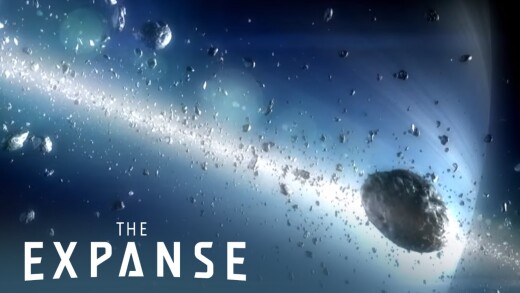
I recently viewed all four series of The Expanse, in toto, in a matter days; I played it at 1.5-2x speed and skipped all the boring parts: indulgent sex scenes, bickering, screaming and yelling, prolonged phases of general inactivity, revolting sentimentality and moralising, etc (it’s the same policy I take with nearly all TV). I get the sense that it was going mostly for the character-study mode of storytelling, which is kind of the opposite of what most science fiction tries to do and seems to play much better with mainstream audiences than the alternative: i.e. a focus on setting, ideas, and world, which is what I prefer. And as a character study, it was compelling, and I was genuinely invested in the characters’ lives and histories, so the series definitely has that much going for it even though I prefer the “worldbuilding first” style of fiction. I guess the ideal story, which would please both the mainstream and literary types, has a balance of both approaches; nothing immediately comes to mind, though.
In high fantasy stories, there are really no rules except internal consistency; the rules are all your own. But with science fiction stories, which generally purport to be concerned with the future of the actual world, there is a far greater need for realism, which is why sci-fi authors brag about the alleged realism of their stories, why so-called realistic stories are afforded greater prestige in general, and why fans get pissed off when you point out to them that their beloved stories don’t make sense – even if they claim that lack of realism does not bother them. Of course, most of these authors, and screenwriters in this case, are only interested in making their worlds seem realistic to the minds of their average viewer, which I’m obviously not, and that is in part why, over the years, as I have learned more about the world, I enjoy science fiction less and less. Realism to me means that the underlying assumptions of the story, vis a vis technology, have a probability of occurring that can at least be argued for (say, 20%), and the sociological consequences of the technology are what one would actually expect to happen.
So, as to the issues with the setting that immediately jumped out at me. You’re told within the first few minutes of S01E01 that this is a world centuries in the future in which “water is more valuable than gold,” which is already bizarre: why? Water is the second most common molecule in the universe, the solar system is surrounded by comets which are fucking loaded with the stuff, we know that there is water ice on Mars, more water on Jupiter’s moon Europa than there is on the entire Earth, etc. No answer to this is ever really forthcoming except that it’s the greedy evil corporations … or governments (it makes no odds either way) limiting who has access to water, and they’re apparently so hell-bent on doing this they are willing to waste money patrolling the solar system to ensure that no one gets water without their explicit say-so, thus artificially driving up prices. I’m not even going to bother looking up what the approximate volume of the Solar system is, or how many people or how much money this would take, but try to imagine an organisation putting artificial limits on who is or isn’t allowed to have sand across the entire face of the Earth, and they put so much effort into this that sand sells on the black market for 100 USD per gram. And if it were necessary to consume sand for survival, such artificial limits would be even more of a vain effort, quite obviously.
Automation and artificial intelligence is next to non-existent in the story, despite the fact that this was written in the 2010s and depicts a future centuries ahead, and they have nuclear fusion, the ability to fly between planets in a matter of hours or days, and are engaged in terraforming projects. How they manage to build spaceships kilometres in length and hundreds of meters in diameter is never really explained. If they do have automation, why do the major powers, Earth and Mars, need a human slave class in the form of the Belters (underclass humans living in the asteroid belt)? The Martians are obsessed with making Mars like a “second Earth.” Of course, the money that they’ve wasted trying to make a barren planet with barely any atmosphere and one-third Earth gravity habitable could have just been spent building habitats in space that would be far more liveable and have their own ecosystems on board. “Spin gravity” is treated as some miraculous technological leap, even though it’s fairly trivial to do and we know basically exactly how to do it now; you just need a counter weight to your space station to create the centrifugal force.
Nuclear fusion is the most commonly referenced source of energy, but apparently it hasn’t occurred to anyone in this world that the most obvious source of massive energy immediately at their disposal is the Sun: the Earth receives a pitiful fraction of the Sun’s light, harvests it with grim inefficiency, and even having a relatively small solar array orbiting the Sun would provide more energy than anyone could possibly know what to do with – among other things, it could be used to build interstellar probes, and facilitate much better material production (natural resources, etc), which is something people in this world seem completely obsessed with.
There are planetary governments, Earth and Mars, even though there is basically no precedent for anything like this in human history and no sign that it is ever going to happen. We live in a decentralised world with very little real central control, and there is no sign of people ever abandoning smaller forms of identity (race, ethnicity, nation, clan, etc) in favour of some amorphous bureaucratic identity like “Earther” or “Martian” which offers nothing to them. Why this is such a common “trope” in sci-fi, presumed to be almost inevitable apparently, is beyond me. Mars manages to support 3 billion people living under “domes” somehow, while the planet is, by their own admission, still barely habitable, and the Martians look like normal humans despite spending most of their time in sub-Earth g. There are numerous scenes of people walking around in what looks like 1g in situations where it should be impossible, e.g. Ganymede station. In some scenes they are wearing magnetic boots, but Ganymede’s surface is made of rock. Farming is done in bizarre locations like the moons of Jupiter and in the most inefficient way possible; apparently hydroponics and vertical farming haven’t made many strides in 300 years (or whatever).
The Belters speak some strange patois that sounds like the misbegotten child of Chinese accents and West African Creole despite the fact that none of them look like they came from those regions of the planet and everyone else speaks with a generic US accent, with very, very occasional smatterings of Chinese and French. The idea is presumably to make them seem “foreign” or more like an underclass, even though it doesn’t seem that they’re any more linguistically isolated than anyone else on the show and have constant exposure to English. Almost all of Earth’s population of 30 billion lives in poverty and lives off government handouts despite the fact that, again, you basically never see any AI kicking around, so it’s not clear where their jobs went, and since 30 billion doesn’t even come close to the Earth’s true human carrying capacity, there is no reason that they should have had a Malthusian collapse – fertility is regulated by the world government (descended from the UN apparently) to the point where wages ought to be rising if anything – considering that they have an economy that can build fleets of spaceships.
If you remember what I said at the start, you can still enjoy the show even with these problems in mind, and there are indeed fewer glaring scientific inaccuracies than in most sci-fi shows, but where it falls down is in the social realm: so many people praise this show for its alleged social realism. There’s probably more social realism in the Lord of the Rings trilogy.

